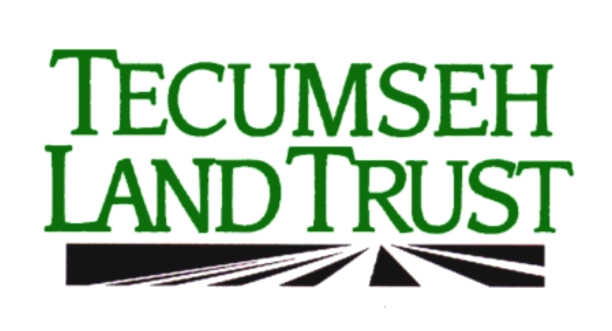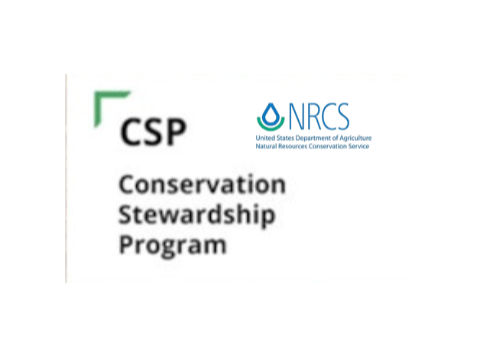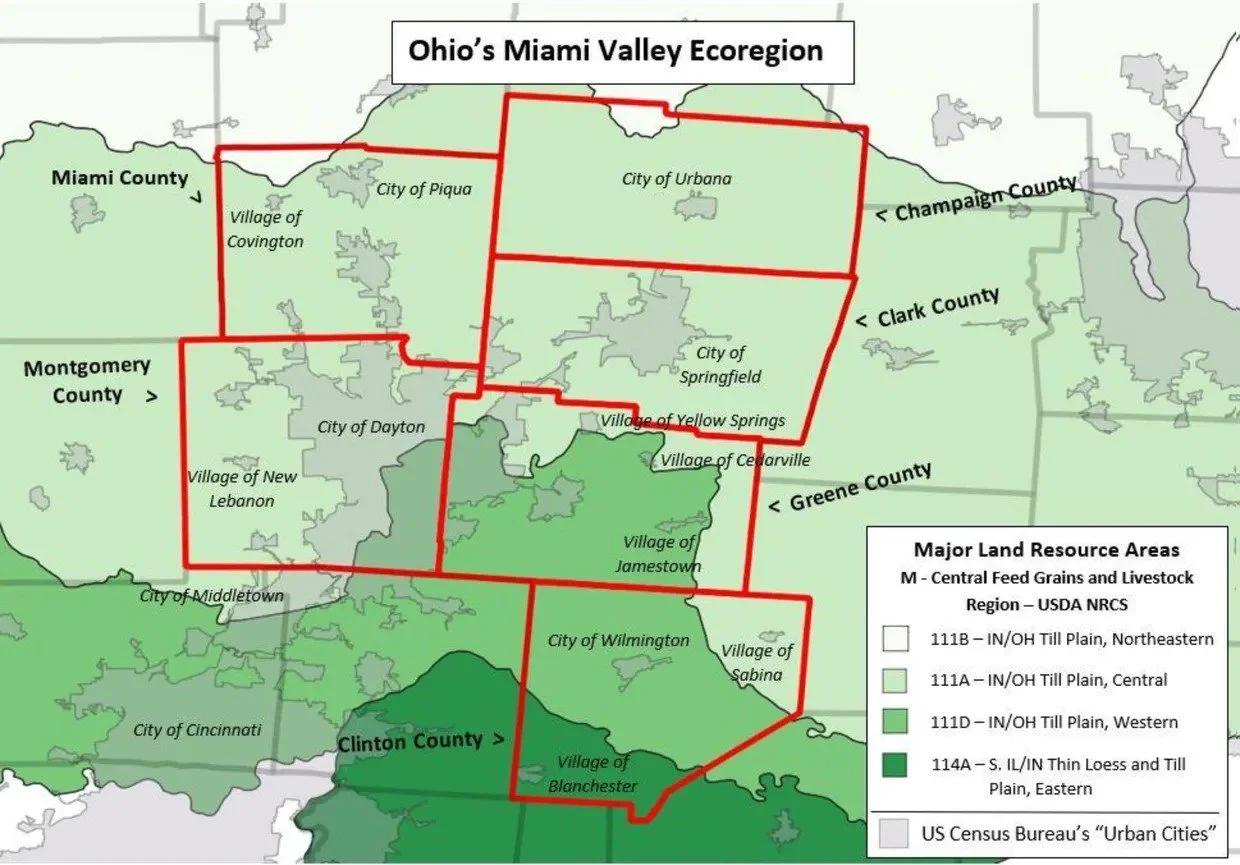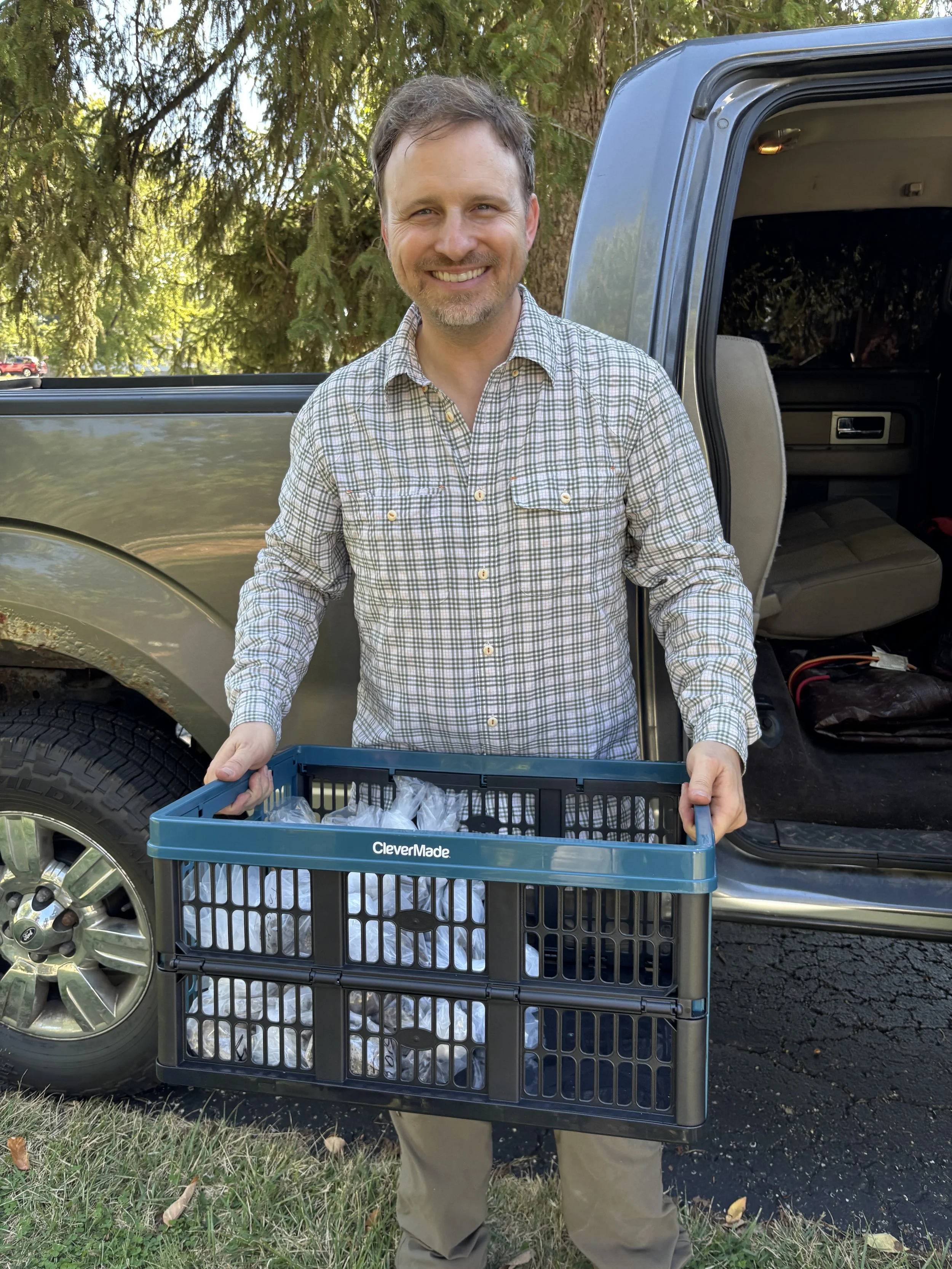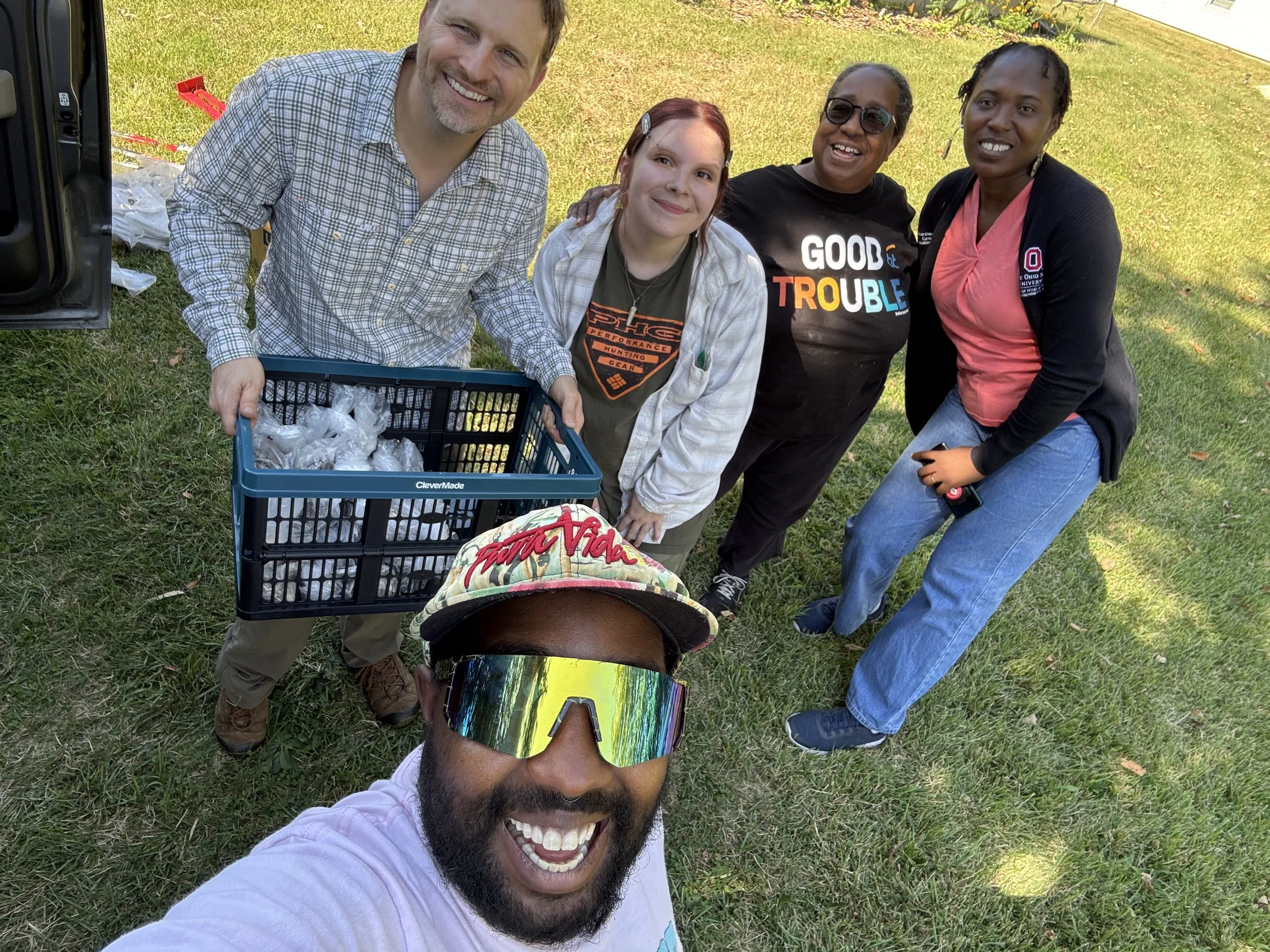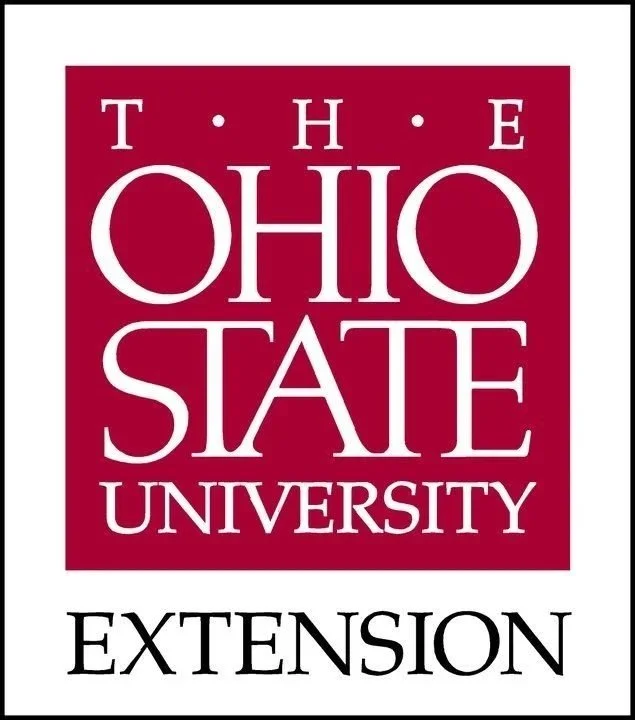Soil Health
Conservation starts from the ground.
Upcoming Events
-
Trees For Healthy Soils
2026 Soil Health Webinar Series
1/15/2026 8:00am
-
Soil Biology
2026 Soil Health Webinar Series
2/12/2026 8:00am
-
Investing in Soil Health
2026 Soil Health Webinar Series
3/19/2026 8:00am
-
Improving Urban Soil Health
2026 Soil Health Webinar Series
4/9/2026 8:00
Why is Soil Health Important?
Five essential functions of soil:
Regulates water
Sustains plant, animal & microbial life.
Contains minerals & microbes which contribute to the filtering, buffering and degradation of potential pollutants.
Stores, transforms & cycles important nutrients such as Carbon, Nitrogen & Phosphorous.
Acts as a medium for plant roots by providing physical stability & support.
Greater Implications:
Protects our water sources by absorbing rainwater & removing pollutants, sediments & excess nutrients.
Improvement of water retention & infiltration reduces erosion & run off and reduces the risk of flooding & drought.
Food security- healthy soil results in higher yields! Higher yields help increase our farmers profits.
Sequesters atmospheric carbon.
Plays a role in reducing use of chemicals such as fertilizers and pesticides used to maintain high yields.
Soil Health Programs
RCPP In Action!
This project is coordinated by the one.two.five Benefit Corporation and a team of farms and organizations local to southwest Ohio. Tecumseh Land Trust is proud to be one of these organizations! The project uses a pay-for-performance model to reward farmers for increasing soil organic carbon storage. This project recognizes that, historically, access to USDA funding and other forms of agricultural support has not always been equitable. Enrolled farms are eligible to receive $5,000-$20,000 based on how well they perform in terms of organic carbon storage. This program paves the way for incentivizing landowners that are committed to improving their soil organic carbon storage.
Financing Soil Carbon Storage in Ohio’s Miami Valley: RCPP project (ID# 2794)
2024 Producer Spotlight
What does this mean?
Glorified Dirt has topsoil (found at 0-10cm) that is rich in organic carbon. Having high quantities of organic carbon is great for the health of the soil and sequestering carbon. Deeper layers had lower levels of soil organic carbon, but this is expected.
Regenerative Champions
Tune in every two weeks to hear the stories of our farmers enrolled in the project. This is a great way to support these small-scale farmers.
Local Ohio Soil & Water Conservation Districts
-
Greene SWCD
Provides technical, educational, and financial assistance to landowners interested in promoting and enhancing natural resources.
-
Clark SWCD
Provides technical, educational, and financial assistance to landowners interested in promoting and enhancing natural resources.
-
Madison SWCD
Provides technical, educational, and financial assistance to landowners interested in promoting and enhancing natural resources.
-
Champaign SWCD
The mission of the Champaign SWCD is to help landowners, operators, and the community voluntarily
conserve and improve their natural resources. -
Montgomery SWCD
Conserves soil, water and related resources by working with landowners at a local level to decrease soil erosion and improve water quality.
-
Clinton SWCD
Clinton SWCD works to improve and preserve soil, water, and natural resources through technical assistance and education.
Tools
-
Web Soil Survey
(WSS) provides soil data and information produced by the National Cooperative Soil Survey.
-
Cover Crop Selector Tool
An initiative by Midwest Cover Crops Council that helps farmers make cover crop selections.
-
Conservation Dashboard
Can be used to assess geographies in the conterminous U.S. for several metrics relating to land conservation.
-
NRCS State Office Locater
An interactive map that populates resources and information by state.
-
Financial Incentives Database Tool
The (FIND) tool was developed by ISAP to share financial payment opportunities that are available for adopting conservation practices.
-
Resilient Land Mapping Tool
Offered by the Nature Conservancy to develop conservation plans using the topography, geology & other characteristics of the site.
-
COMET-Farm
Describe your management to generate an estimate comparing soil carbon & greenhouse gas emissions between scenarios.
-
LandPKS Mobile App
LandPKS is useful for farmers, gardeners, and other land managers who are interested in tracking their land’s soil health indicators.
-
Corn: Nitrogen Rate Calculator
This web site provides a process to calculate economic return to N application with different nitrogen and corn prices and to find profitable N rates directly from recent N rate research data.
-
SARE Interactive Exploration of Soil Health
Explore the on-farm benefits of using cover crops, crop rotation, manure amendments, composting and more on the complex web of life below the surface of the soil.
Videos & Podcasts
Publications
-
In-field Soil Assessment Guide
-
Cover Crop Mixes
-
Introduction to Soil Health Practices
-
Basics & Benefits
-
Checklist For Growers
-
Dig a Little, Learn a Lot
-
Discover The Cover
-
Do Not Disturb
-
Principles For High Functioning Soils
-
Homewood Farms (OH) Case Study
-
MadMax Farms (OH) Case Study
Additional Resources
-
Ohio Soil Health Initiative
A coalition of farmers, organizations, soil scientists, and agency representatives committed to improving soil health.
-
OSU Extension
Soil health assessment and management information from university researchers.
-
Farmdoc Daily
Offered by University of Illinois, FarmdocDAILY aims to publish short, daily articles on a variety of agricultural topics.
-
CSU Extension
CSU Extension (CSUE) is a community-based outreach & educational program leader that addresses agricultural issues.
-
American Farmland Trust: Soil Health Case Studies
Soil health case studies feature farmers who have economic success stories about adopting various soil health practices.
-
Natural Resources Conservation Service
NRCS offers assistance to help producers implement conservation practices to prevent soil erosion & degradation & improve soil health.
-
Illinois Sustainable Ag Partnership
ISAP promotes the adoption of practices with resources, research, & trainings on the benefits of soil health & in-field conservation practices
-
Ohio No-Till Council
AIm to promote the successful application of no till and soil health building practices through shared ideas, experiences, education and new technology.
